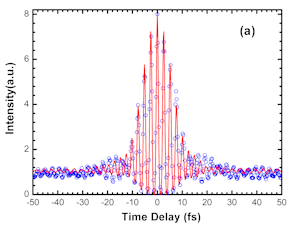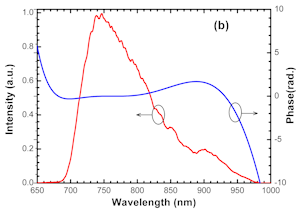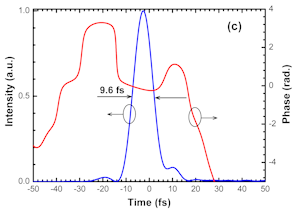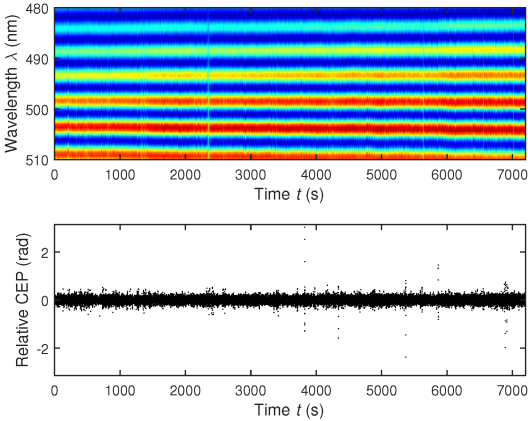Non-Collinear Optical Parametric Chirped-Pulse Amplifier
Optical parametric interaction is an important process to realize optical frequency conversion into spectral regimes where direct laser sources are not available. It can further provide extremely broadband spectral amplification when a suitable non-collinear angle is introduced between pump and signal beams, and hence supports few-cycle pulses amplification, which become indispensable laser sources for extreme and attosecond optics. In combination with this chirped-pulse amplification technique, the non-collinear optical parametric amplification (OPCPA) can scale laser intensities to the TW or even PW level and is the potential laser source for strong-field physics at intensities higher than 1020 W/cm2.
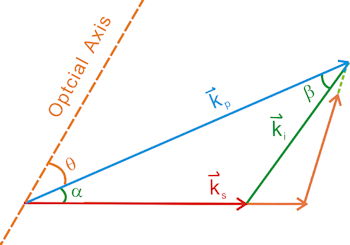
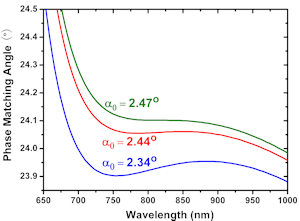
In our group we investigate non-collinear OPCPA both theoretically and experimentally. The dynamic processes of three-wave optical parametric interaction in an optical nonlinear BBO crystal have been numerical calculated and a system optimization has been performed [1]. Experimentally, we have built such a system with a repetition rate of 20 kHz. The amplified signal spectrum supports sub-10fs pulses. A novel dispersion management has been designed, in which a grism stretcher - a combination of a grating and prism pair - and glass block compressor are utilized. Based on a global dispersion balance the new grism stretcher [2] extends the spectral bandwidth up to 300 nm and provides the ability to work with long stretched pulses (>100ps from 650 nm to 1000 nm). Experimentally a pulse duration as short as 10 fs has been obtained after compression based on fringe-resolved autocorrelation (FRAC) and Multi-photon Intrapulse Interference for Phase Scanning (MIIPS) measurements. An adaptive dispersion compensation device (Dazzler) has been installed to compensate the residual high-order dispersion [3,4]. Recently, a carrier-envelope phase stabilization has been implemented.
